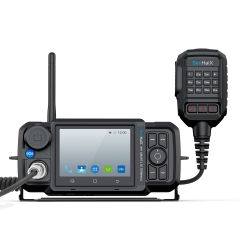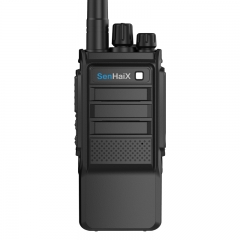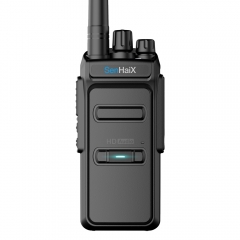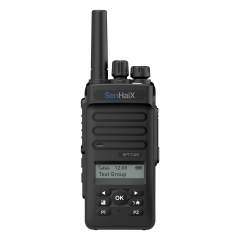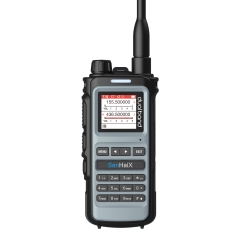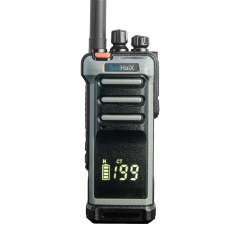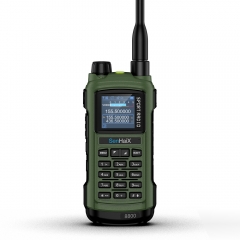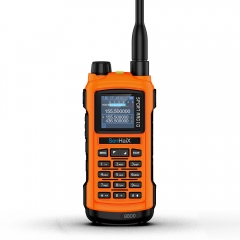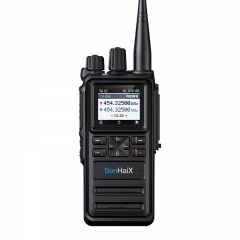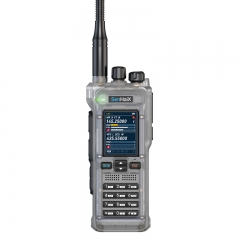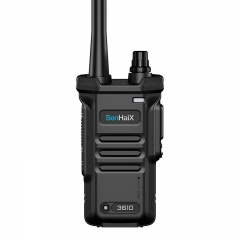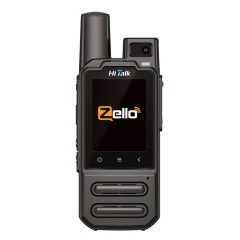The output power of two-way radios refers to their transmitting power or the strength of the signal they emit. The importance of having sufficient output power in two-way radios cannot be overstated, as it directly affects the effectiveness and range of communication in various scenarios.
A strong output power in two-way radios is vital in situations where long-range communication is required. Whether it's in search and rescue operations, outdoor activities, or large-scale events, the ability to transmit signals over extended distances is critical for maintaining contact and ensuring seamless coordination among teams or participants. A higher output power allows the radios to overcome obstacles, including terrain features, buildings, or interference, and reach recipients even at greater distances.
During emergencies or natural disasters, when infrastructure may be damaged or disrupted, two-way radios with higher output power become even more essential. They can bridge communication gaps and provide a reliable means of contact when other forms of communication are compromised or unavailable. Emergency responders, in particular, rely on strong output power to reach individuals in distress, relay vital information, and coordinate rescue efforts seamlessly.
In remote or isolated locations, such as forests, mountains, or deserts, where the availability of communication networks is limited, two-way radios with higher output power become indispensable tools. They allow individuals or groups to stay connected, even when far away from cellular coverage or Wi-Fi access. This is particularly valuable for adventurers, outdoor enthusiasts, and explorers who need a reliable means of communication to ensure their safety and seek assistance if needed.
Another important aspect is the ability of two-way radios with higher output power to penetrate obstacles and adverse weather conditions. Dense foliage, concrete structures, or inclement weather can weaken or obstruct radio signals. With a stronger output power, radios can overcome these barriers and maintain clear communication even in challenging environments. This is especially advantageous in scenarios where rapid and accurate information exchange is crucial, such as in emergency situations or time-sensitive operations.
Moreover, two-way radios with higher output power are advantageous in crowded or noisy environments. In events with large crowds, industrial sites, or busy urban areas, strong output power ensures that communication remains clear and uninterrupted amidst background noise or competing signals. This is especially relevant for security personnel, event organizers, or teams working in noisy environments who need to swiftly and accurately transmit important instructions or updates.
It is important to note that while higher output power is advantageous in many scenarios, it is essential to comply with applicable regulations and licensing requirements for radio transmissions. Radio operators should ensure that their use of higher output power adheres to legal and regulatory guidelines to avoid interference with other radio systems and maintain responsible radio usage.
In conclusion, the importance of two-way radios with sufficient output power lies in their ability to provide clear, reliable, and long-range communication in a variety of scenarios. Whether it's for emergency response, outdoor adventures, or crowded environments, radios with higher output power enable effective communication over greater distances, penetrate obstacles, and overcome adverse conditions. By ensuring that communication channels remain open and robust, two-way radios with higher output power contribute to safer and more efficient operations, enhancing coordination, and facilitating successful outcomes in a wide range of situations.


















